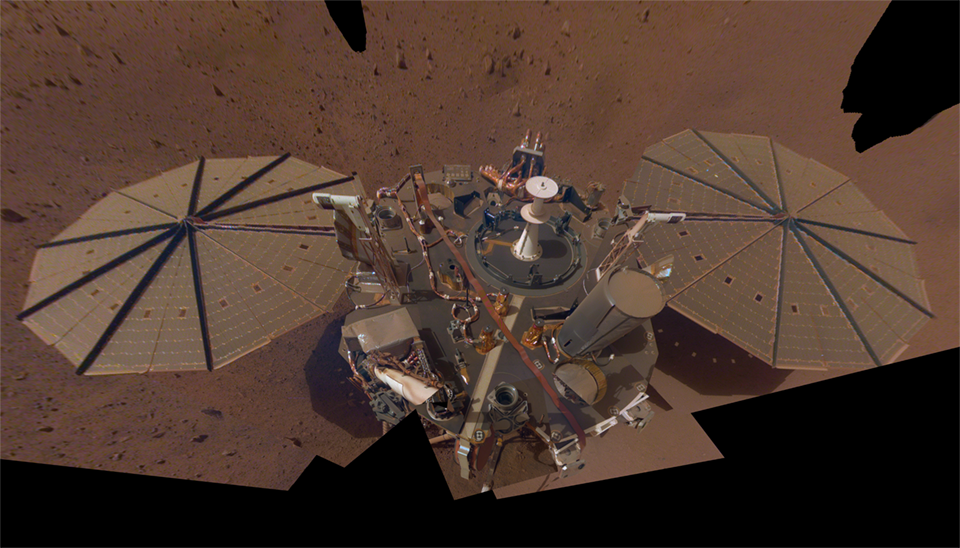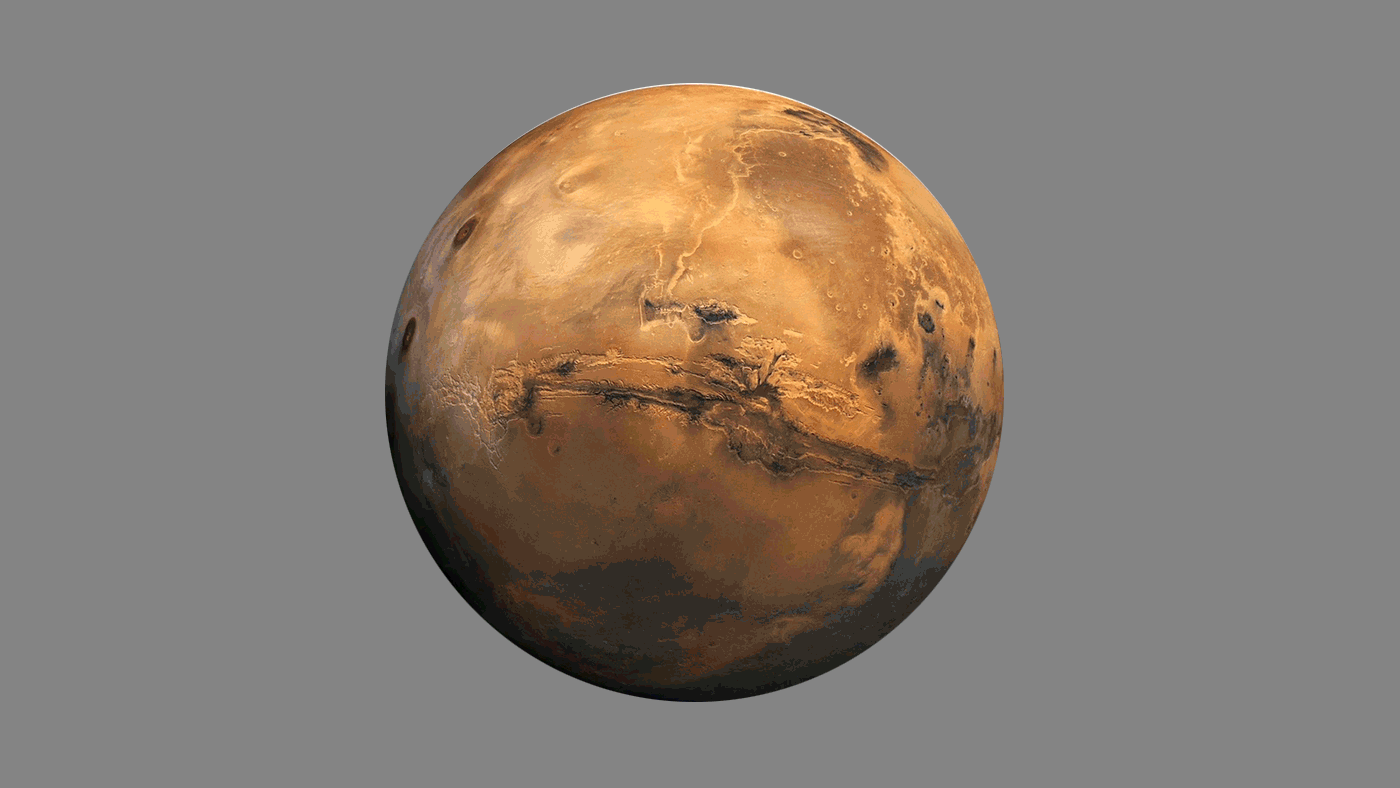Every day we wake up, drink a cup of coffee, and get ready for work. Following are a handful of stories from around the tech world condensed to fit into one single cup of coffee. These are the things you need to know before you step foot out of your door (or in front of a webcam) and into the real world this morning.
So sit back, grab a cup, and start your morning off right with a few “Quick Bytes” from Innovation & Tech Today.
NASA Lander Finds Three Sizable Marsquakes
NASA’s InSight lander is detecting marsquakes quite regularly. On Sept. 8, 2021, the lander recorded a 4.2 magnitude quake that lasted for almost 90-minutes. That marks the third quake in the past month. On Aug. 25, it detected a pair of quakes measuring 4.2 and 4.1. Those significantly surpass the previous record-holder at 3.7. The 4.2 on Aug. 25 occurred 5,280 miles away from the InSight lander.

The Fed is Debating Launching a Digital Currency
The U.S. Federal Reserve is nearing the completion of a study into whether the nation should implement its own digital currency. Chairman Jerome Powell said Wednesday that the agency will be releasing a paper on the question shortly. He said the Fed does not feel pressured to take action quickly, but they hope to reach a point where a well-informed decision can be reached in the near future.
Chip Shortage Continues to Worsen
While the auto industry has already been decimated for nearly a year, but the shortage of key semiconductor chips continues to worsen. While factories had begun getting back to work, a fresh wave of coronavirus is bringing assembly lines to a screeching halt in Southeast Asia. Semiconductors serve as the brain in many electronics today. The ripple effect means automakers around the globe are also shutting down lines until the supply returns.
Flying Microchips May Soon Track Air Pollution
A paper published by the scientific journal Nature details how researchers have developed a “winged microchip.” The chip is approximately the size of a grain of sand, making it possibly the smallest flying device ever made. They’re designed to be released and carried up in the wind where they will collect data on air pollution and relay it back to the scientists in control.











